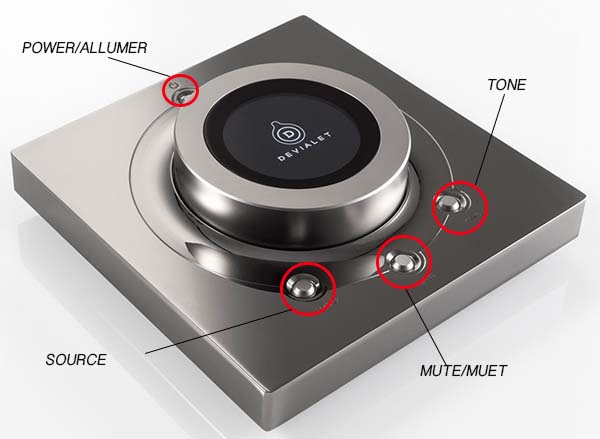The likelyhood of this is no greater, probably less so, than leaving an analogue volume up high, or being accidentally knocked, and yes I have done this on a number of occasions and blasted the bejesus out of me.I've mentioned this many times for people. Go away for a holiday, come back, sit down to listen to music and your D/A has defaulted to 0dB. Boom! Power cuts can do this also. There's no substitute for a real volume control in my opinion, especially if you have a lot of power on tap and expensive speakers.
How many bits of kit have digital volume controls? There isn't an AV amp out there that has an analogue volume control. Do you ever hear of them defaulting to full volume? No. Does your TV default to full volume? Phone, car radio?
Real world digital volume is a non issue, noise levels with good dacs are below audibility. Channel balance will be way better with digital.
See here for Roon volume V Alps pot.
https://www.audiosciencereview.com/...-to-dig-that-is-the-question.5951/post-133165
In my experience, FWIW, is that taking the pre amp out and driving directly has never degraded audio quality and most of the time improved it.
Last edited:


